"Twist of Beauty: The Helix of Heliconia psittacorum"
Hello everyone
On my way to the market today, I stumbled upon these stunning flowers—they were simply irresistible! I couldn’t help but capture a few shots on my phone to share with all #PhotographyLovers.
Join me as I take a closer look at the fascinating helix of Heliconia psittacorum, also known as the parrot’s beak flower.
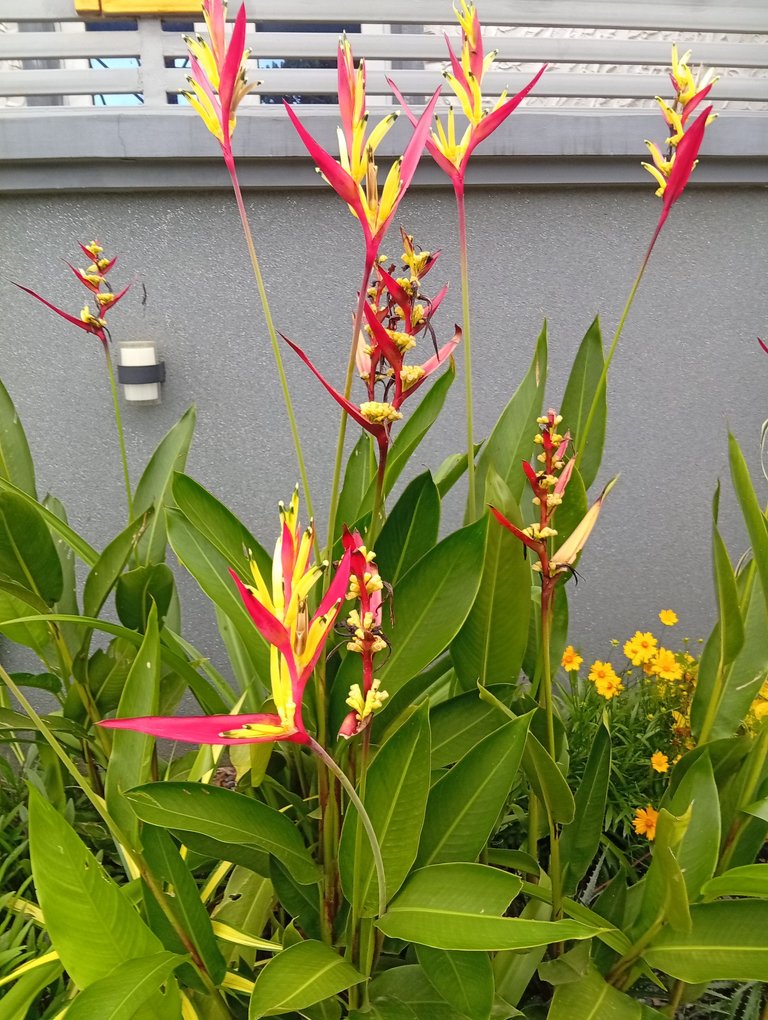
Family Name: Heliconiaceae
Common Name: Parakeet Flower, Lady Di Heliconia.
Heliconia psittacorum, also referred to as Parrot's Beak Heliconia or Parakeet Flower, has a spiral or twisted growth pattern in its inflorescence or leaf arrangement, which is called the helix. This plant is distinguished by its colorful, long bracts that frequently exhibit a helical or natural twist, adding to its aesthetic appeal and practical pollination adaptation.
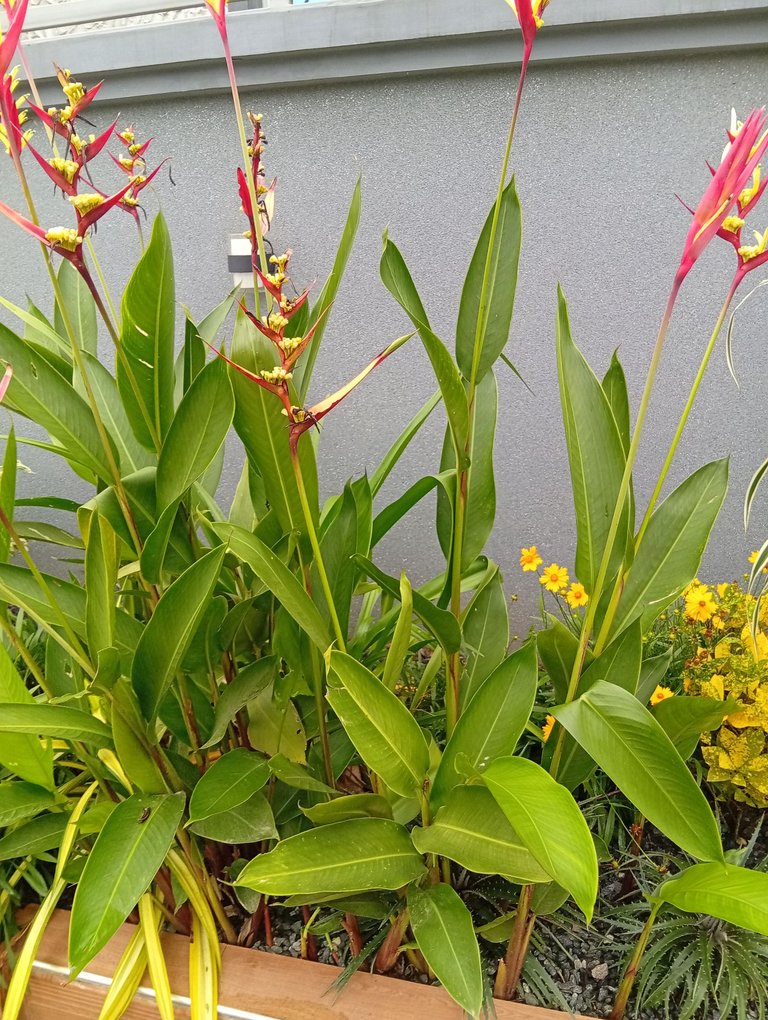
A helix, as used in botany, is a structure that spirals or twists, resembling a spring or corkscrew. The bracts, which are modified leaves that contain the flowers, frequently form a spiral phyllotaxy along the stem of Heliconia psittacorum. For pollinators like hummingbirds, the plant's main visitors, this helical arrangement enhances accessibility and provides the best possible exposure to sunlight.
Popular in tropical gardens and floral arrangements, the helix shape also helps with effective water runoff and enhances the plant's visual appeal.
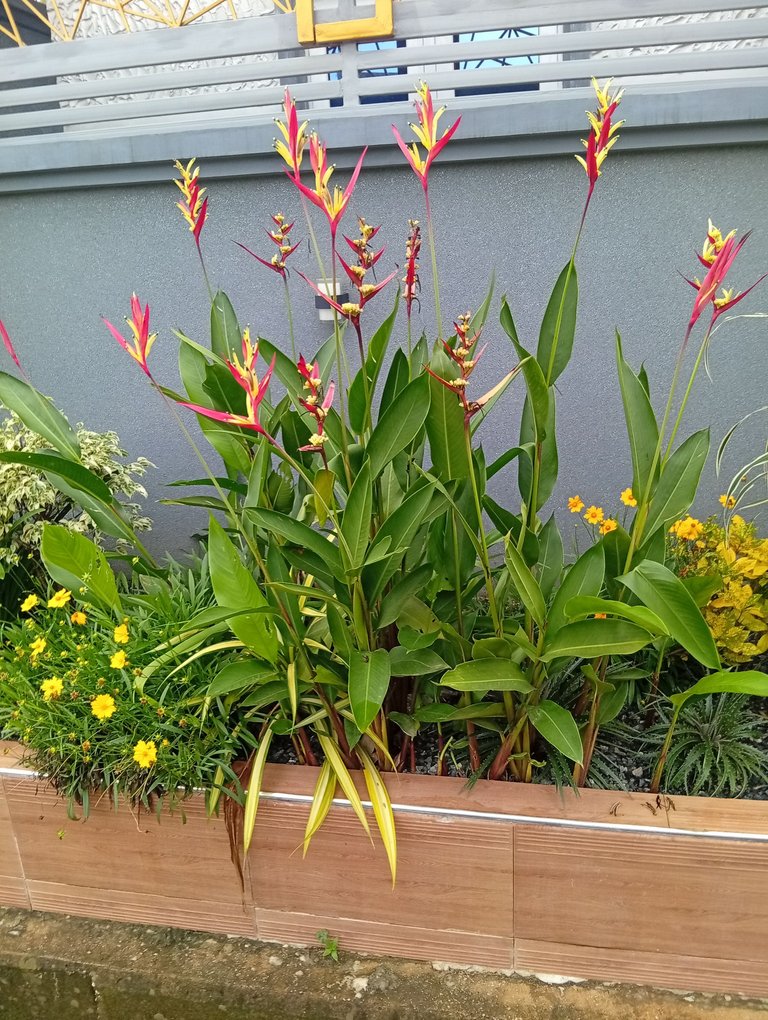
In brief:
The spiral arrangement of Heliconia psittacorum's bracts and leaves is indicative of the helix.
It improves pollination, sunlight absorption, and visual appeal.
Many tropical plants use this spiral or helical growth as a common adaptive strategy.
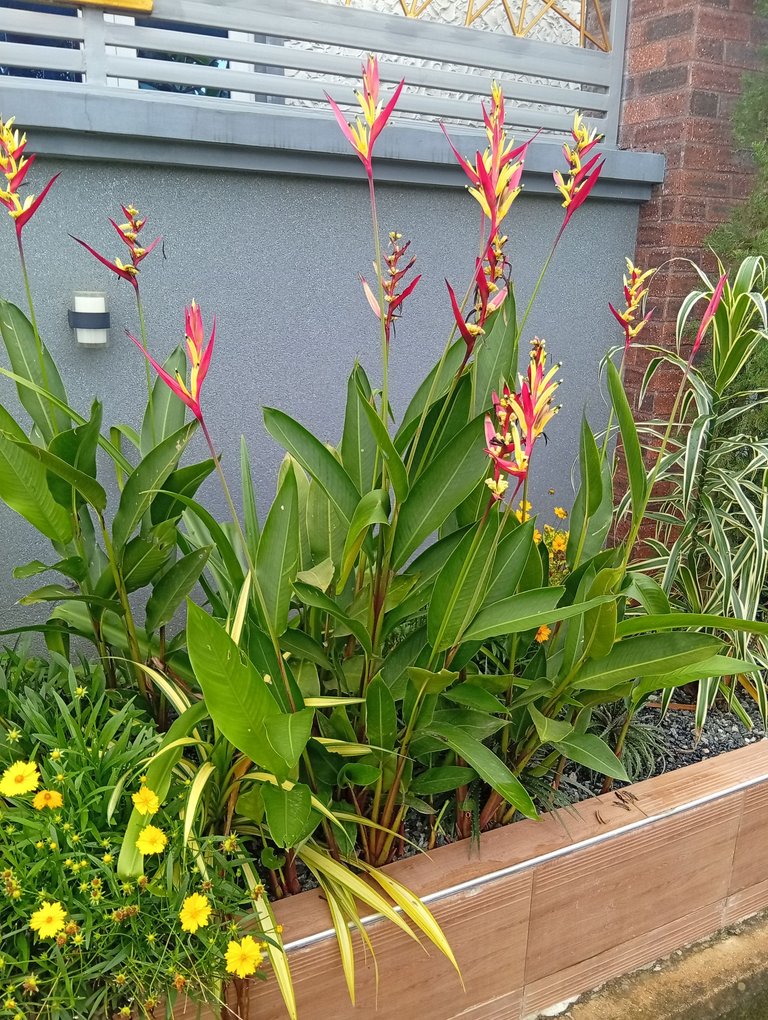
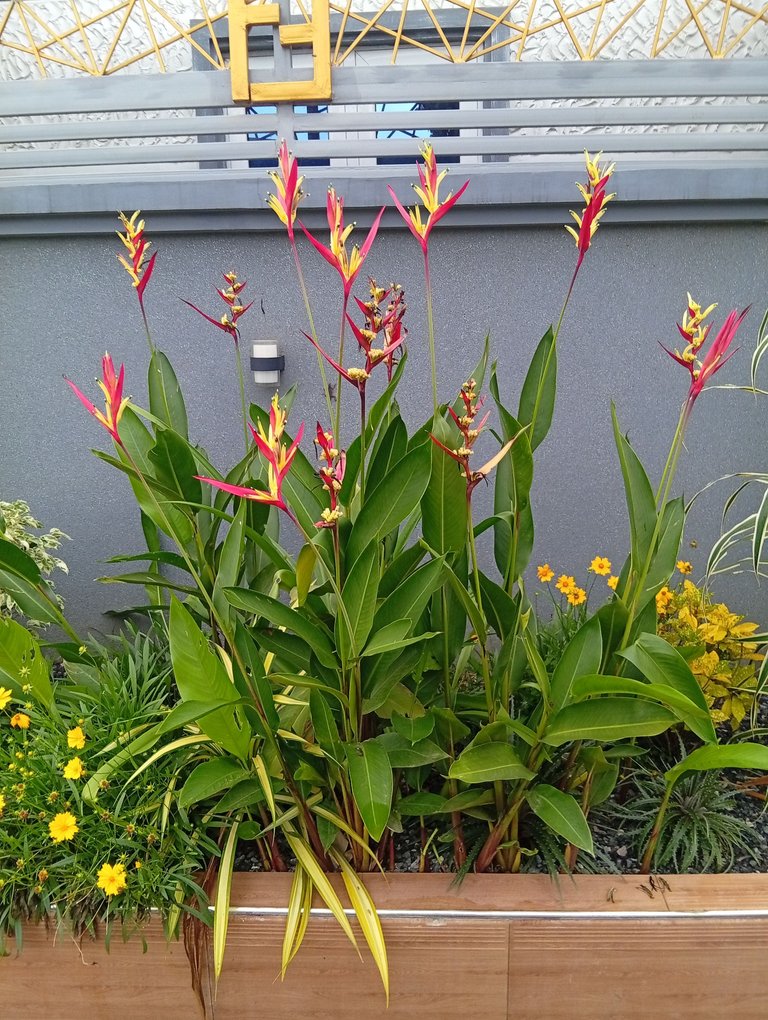
What is Heliconia used for in medicine?
abstract. The antibiotic properties of Heliconia rostrata (family: Heliconiaceae) rhizomes are well known. The rhizome of this plant has also been used as an ethnobotanical to treat hypertension, intestinal discomfort, and jaundice.
What are the symptoms of Heliconia?
Heliconia leaf curling is often caused by a variety of fungi. There are many fungal diseases that cause leaf spots, yellowed edges, curled and distorted leaves, and dropped leaves once the disease has advanced. Most of these are soilborne and can be avoided by watering under the leaves and avoiding water splash.
Congratulations @ubglo17! You have completed the following achievement on the Hive blockchain And have been rewarded with New badge(s)
Your next target is to reach 200 posts.
You can view your badges on your board and compare yourself to others in the Ranking
If you no longer want to receive notifications, reply to this comment with the word
STOP